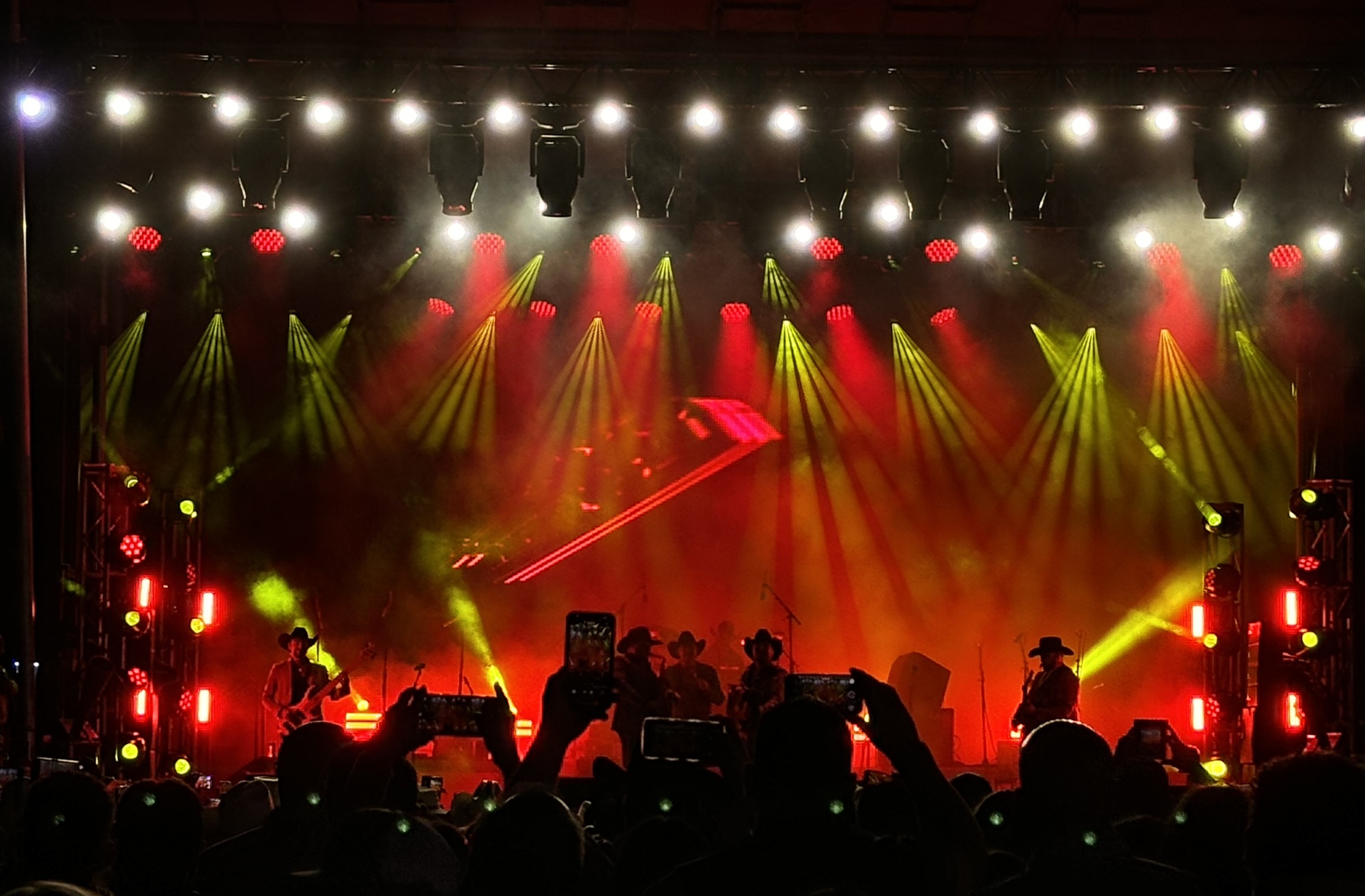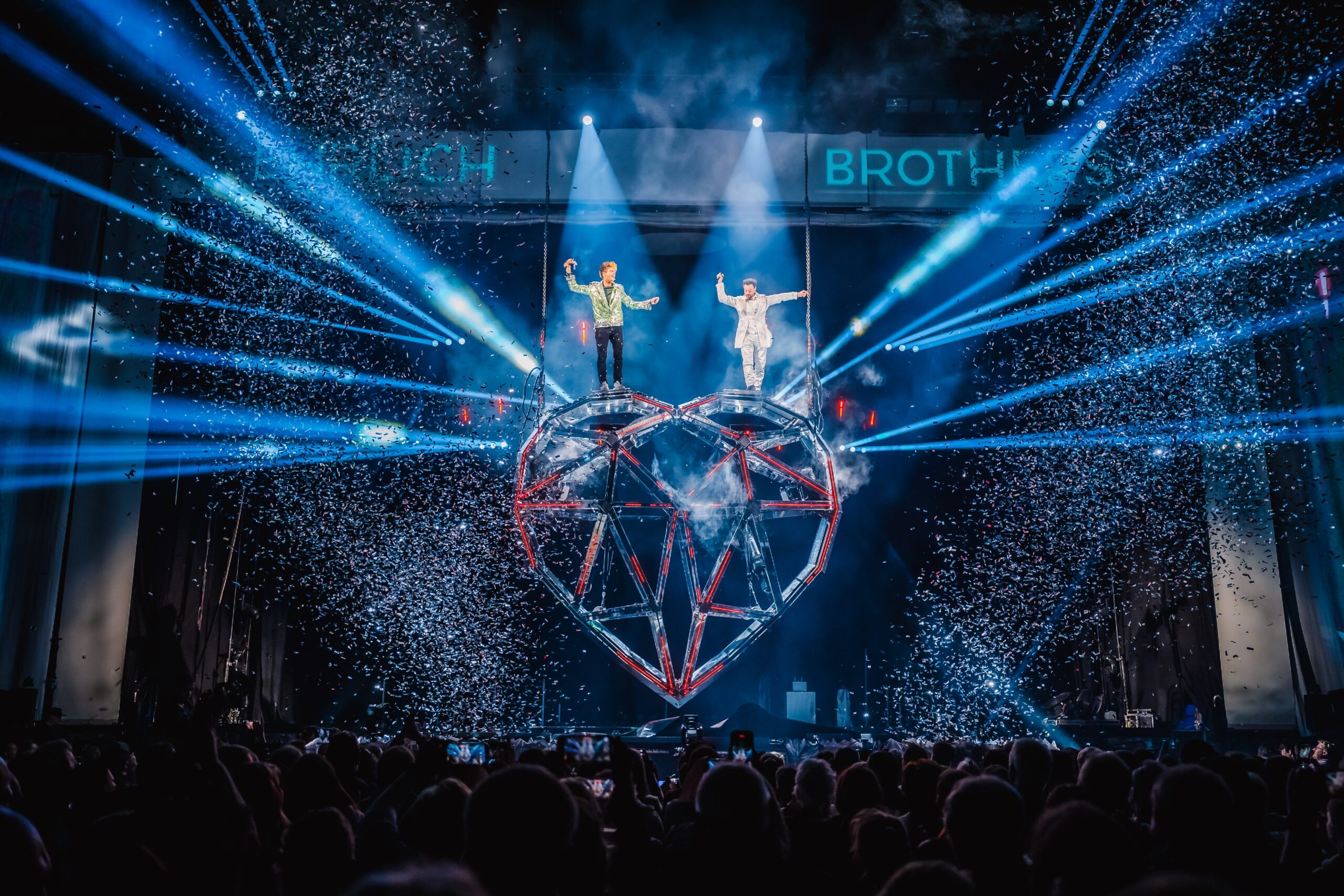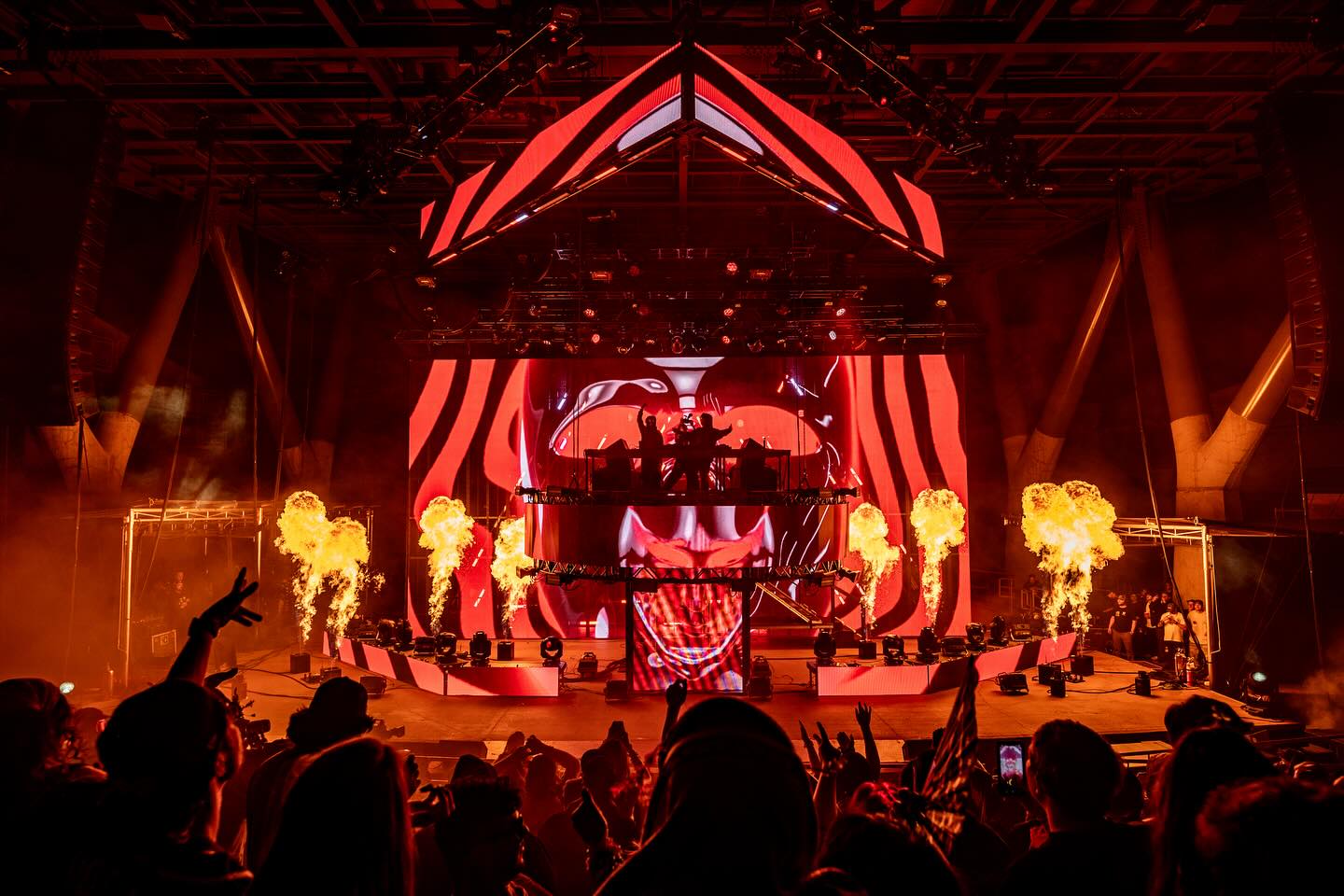CHICAGO – After the production team at United Center decided it was time to upgrade, Upstaging equipped the venue with 16 Martin MAC III Profile spot luminaires. The arena, home to the Chicago Blackhawks hockey team and Chicago Bulls basketball team, hosts some 200 sports and entertainment events each year. Brady Tieman, technical production manager at the United Center, describes the old previously installed 16-fixture rig.
"Eight of the fixtures were a pan and tilt model that was prone to frequent failures; they spent too much time in the shop which resulted in countless hours of programming to come up with workarounds for defective fixtures. The other eight moving mirror fixtures were over 12 years old and had become too expensive to maintain. Unlike a touring act," Tieman added, "we don't have fulltime light techs on staff to quickly repair moving lights."
With capabilities that include projecting sponsor or team logos, Tieman sees the new gear offering value to the ticket-buyers' experience.
"Generally speaking, as the fan pays more and more for their event ticket, anything you can do to increase their entertainment experience is a plus," Tieman noted. "A robust moving light system allows you the power and flexibility to create atmospheres ranging from the dramatic to the frenetic.
"Lighting in a sports venue is certainly not the main event, but as a component of the overall entertainment it does contribute positively to the fan experience," he added. "Nobody buys a ticket for the light show, but I'd like to think they try to get here on time so they don't miss it!"
The United Center started with eight MAC III Profiles last year and added another eight units this past summer. The 16 fixtures are split up between the bottom of the center-hung scoreboard and the outer perimeter of the catwalks.
"We always want the brightest light out there, and in recent years there's been a new level of lights to look at," noted Upstaging's Mike Creager. "Brady needed it bright enough for throw distances that are 80 feet and more. So when considering fixtures, we looked at light output."
The MAC III Profile's 1500-watt short arc discharge lamp proved well-suited to the task.
"In this venue it's important for moving lights to be bright enough to overcome long throw distances and competing light sources from the scoreboard, fireworks, and so on," Tieman noted. "There are a few different choices in fixtures at this brightness level, but several factors set the MAC III Profile apart from the others," he added.
Fixture reliability was a big consideration, according to Creager of Upstaging, which is responsible for maintaining the gear.
"We had to be more critical regarding the United Center, as it's not easy to get to those lights in the venue to service them," Creager said. "Our service department said they liked the MAC III Profile best as it's easiest to service and easiest to support. So after a few shootouts with other fixtures in the same class, the MAC III Profile was found to be more thought-out with its design."
The MAC III Profile's modular construction adds to its easy serviceability, Tieman noted. "The modular construction was appealing because if we have malfunctions, we can just extract that particular module and take it in for service while maintaining other operational modes."
The zoom range is also well-suited for arena operations, Tieman added. "The 55-degree zoom range allows us to illuminate very small or very large areas, and also enables us to project images of the same size whether the lights are hung from the scoreboard (about 50 feet from the floor), or from the catwalks (about 130 feet from the floor). The magnesium alloy covers and removable gobo holders make swapping gobos easy, an important plus in an industry with frequently changing slogans and logos that need to be displayed in our moving lights.
"Martin has been manufacturing lights of an increasingly higher quality over the last few generations, which was an important consideration given all the mechanical failures we've experienced with some of our other lights," Tieman concluded.
For more information, please visit www.martin.com.



